Explore Our Latest
Case Studies
At SeromYx, our research has advanced both vaccine and antibody therapeutic development. Our publications highlight innovative approaches such as high-dimensional immune profiling and Fc effector function assays. Explore our latest work to see the science behind our platform.
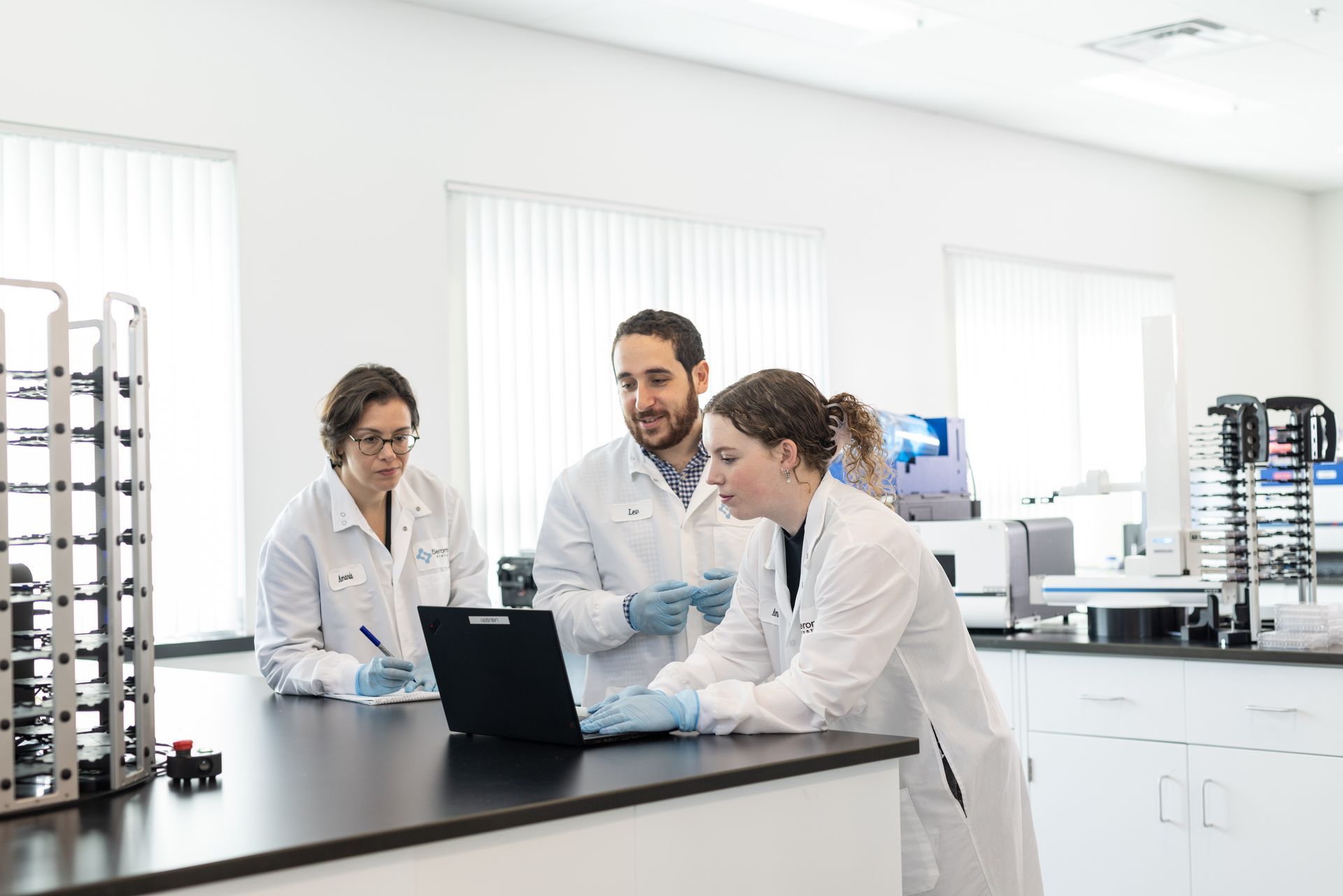
SUMMARY: Ovarian cancer is the most lethal gynecological malignancy, with limited treatment options and a profoundly immunosuppressive tumor microenvironment (TME). Tumor-associated macrophages(TAMs) are abundant in ovarian tumors and ascites, where they play a major role in suppressing anti-tumor T cell responses. In this collaborative study with King’s College London, researchers explored a first-in-class IgE monoclonal antibody (mAb), MOv18 IgE, targeting Folate Receptor- α (FR α ), and investigated how it reshapes macrophage behavior and T cell interactions, using Seromyx's profiling tools to uncover previously uncharacterized Fc effector mechanisms. IN COLLABORATION WITH: King's College London - Karagiannis Lab
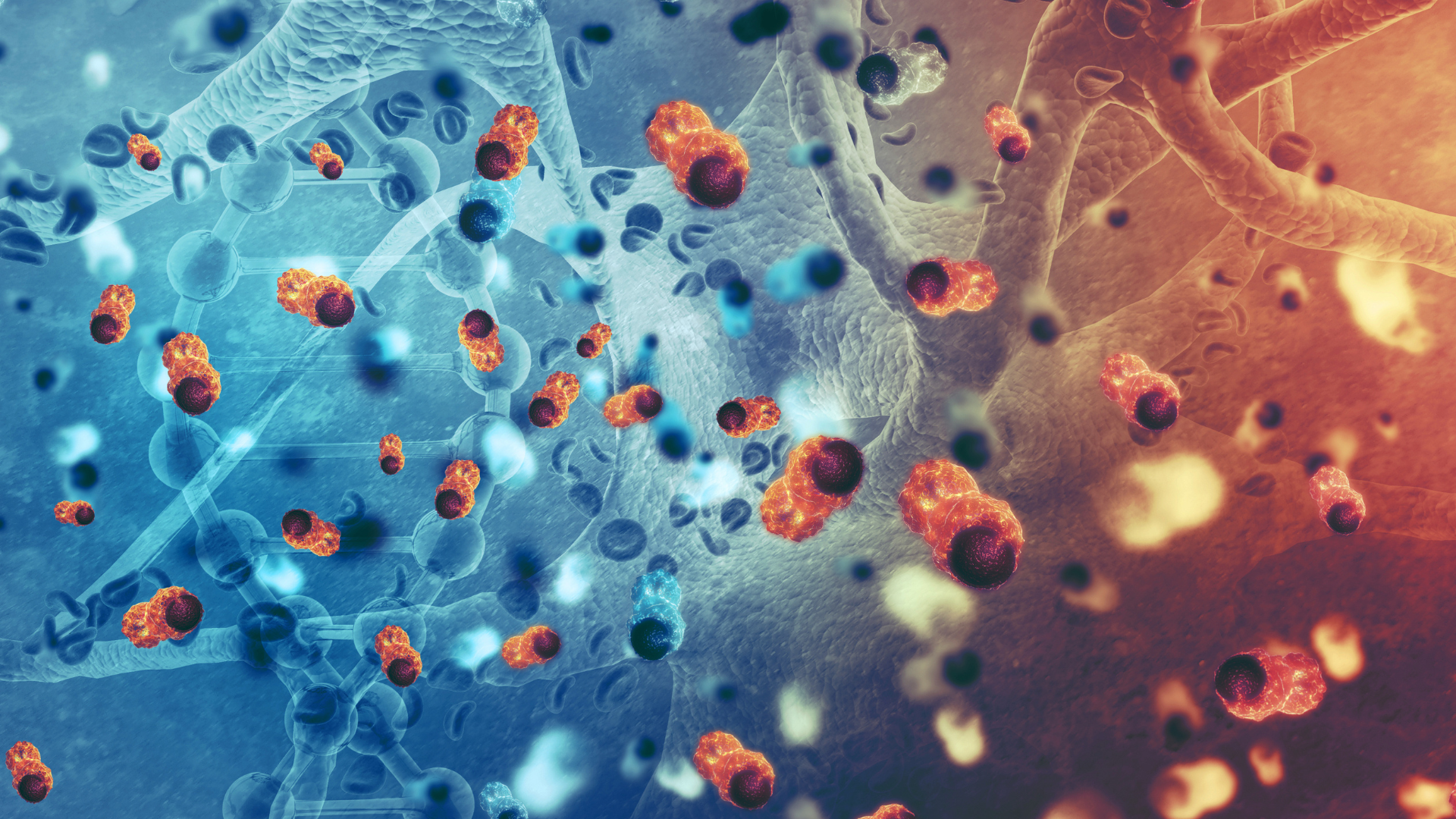
Summary: This study offers significant insights into the profiling of approved anti-CD20 monoclonal antibodies (mAbs) using the SeromYx Fc effector function platform. By employing high-quality, full-length human CD20 virus-like particles (VLPs) from ACROBiosystems, we achieved a physiologically relevant assessment of antibody binding and effector functions. This enabled a detailed comparison between Type I (Rituximab and Ofatumumab) and Type II (Obinutuzumab) anti-CD20 mAbs, revealing distinct binding profiles and effector function capabilities. Our findings indicated that Type I mAbs demonstrated stronger binding to CD20-VLPs (Virus-like particles) and to Fc receptors in the presence of antigen compared to the Type II mAb, highlighting how structural differences could influence their mechanisms of action. We observed an overall correlation between biophysical tripartite binding assays and effector cell function assays, validating the predictive utility of tripartite binding assays for mAb effector functions. Importantly, the discovery of robust antibody-dependent neutrophil phagocytosis (ADNP) and eosinophil phagocytosis (ADEP) activities for anti-CD20 mAbs significantly broadens our understanding of their potential in vivo mechanisms. These findings suggest that the involvement of neutrophils and eosinophils could impact the efficacy and safety of these mAbs in diverse disease states and tissue environments. Additionally, the differentiation between Type I and Type II mAbs across multiple assays underscores the importance of these distinctions in therapeutic applications and next generation antibody design. In conclusion, broadly profiling Fc effector function using the SeromYx Fc effector function platform not only recapitulated the known Fc effector functions of anti-CD20 mAbs but also uncovered novel potential mechanisms of action. These insights have substantial implications for optimizing current anti-CD20 therapies and developing new, more effective mAbs. Furthermore, the CD20-VLP system presents an opportunity to design and characterize mAbs with tailored effector function profiles for specific therapeutic applications, potentially leading to more personalized and effective treatments for a variety of diseases. Authors: P. Hsueh, M. Friedman, S. Jatiani (2024)
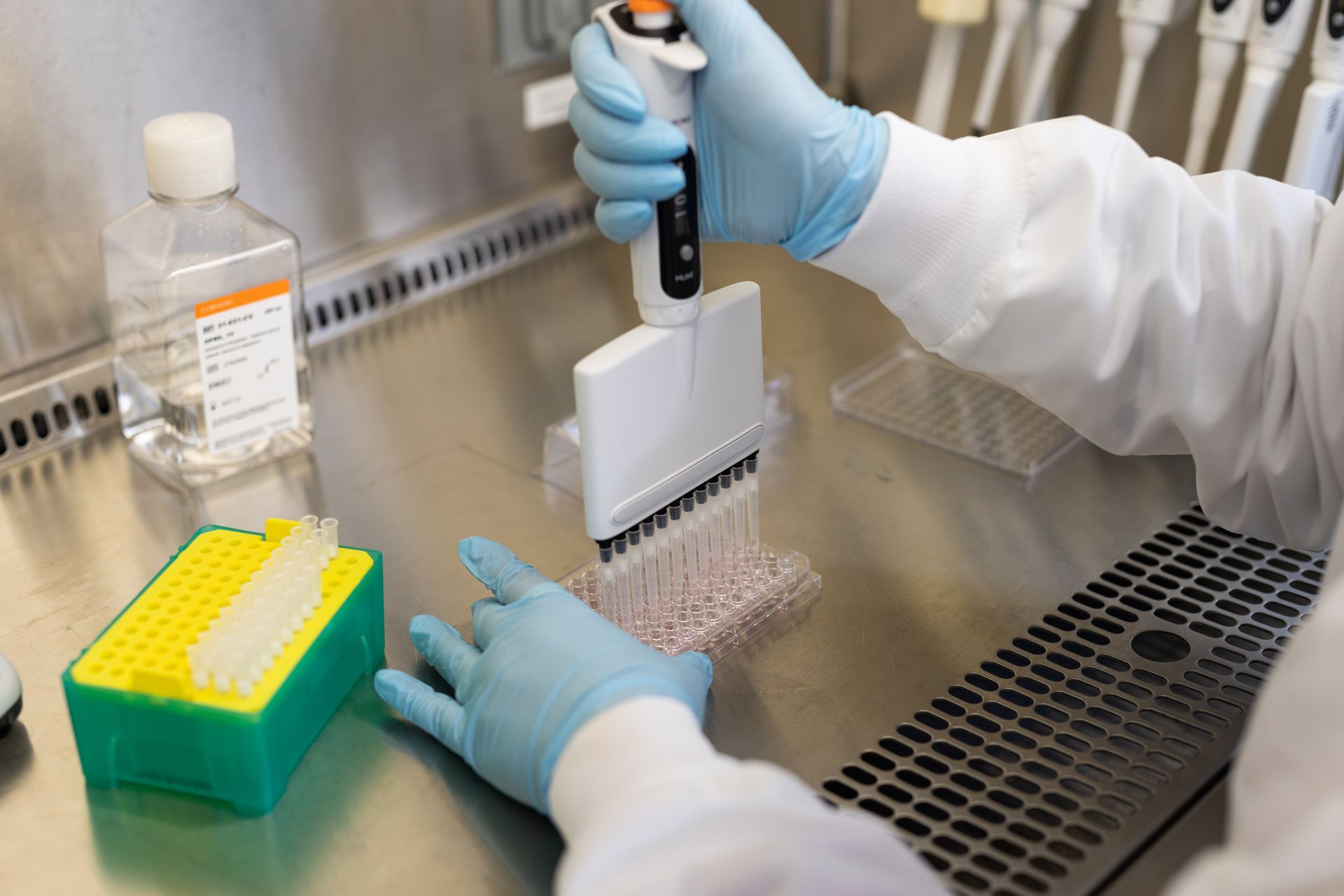
Summary: Designing monoclonal antibodies and related modalities such as ADCs and bispecifics with appropriate Fc function is critical to product safety and efficacy, but fiendishly hard. Outcomes are contextual, meaning that what works in one disease state/epitope setting may not hold in another, so the “rules” keep changing. And the factors driving Fc function are strongly interrelated, meaning that changes with one intent often have unexpected and undesirable consequences elsewhere. SeromYx offers the broadest and robust platform for Fc functional characterization. Where does our platform fit in? We provide a unique resource for antibody discovery and development with an industrial quality system. While we add value throughout the mAb discovery and development process, from pre-IND to BLA enabling, we encourage developers to utilize our capabilities earlier so that the best candidates can be identified and nominated for the clinic. By measuring outcomes in a robust way, we offer a distinct advantage to developers so that they can maximize the rewards of approvals and minimize the risk of clinical failures due to underexploited and/or incompletely characterized Fc biology.
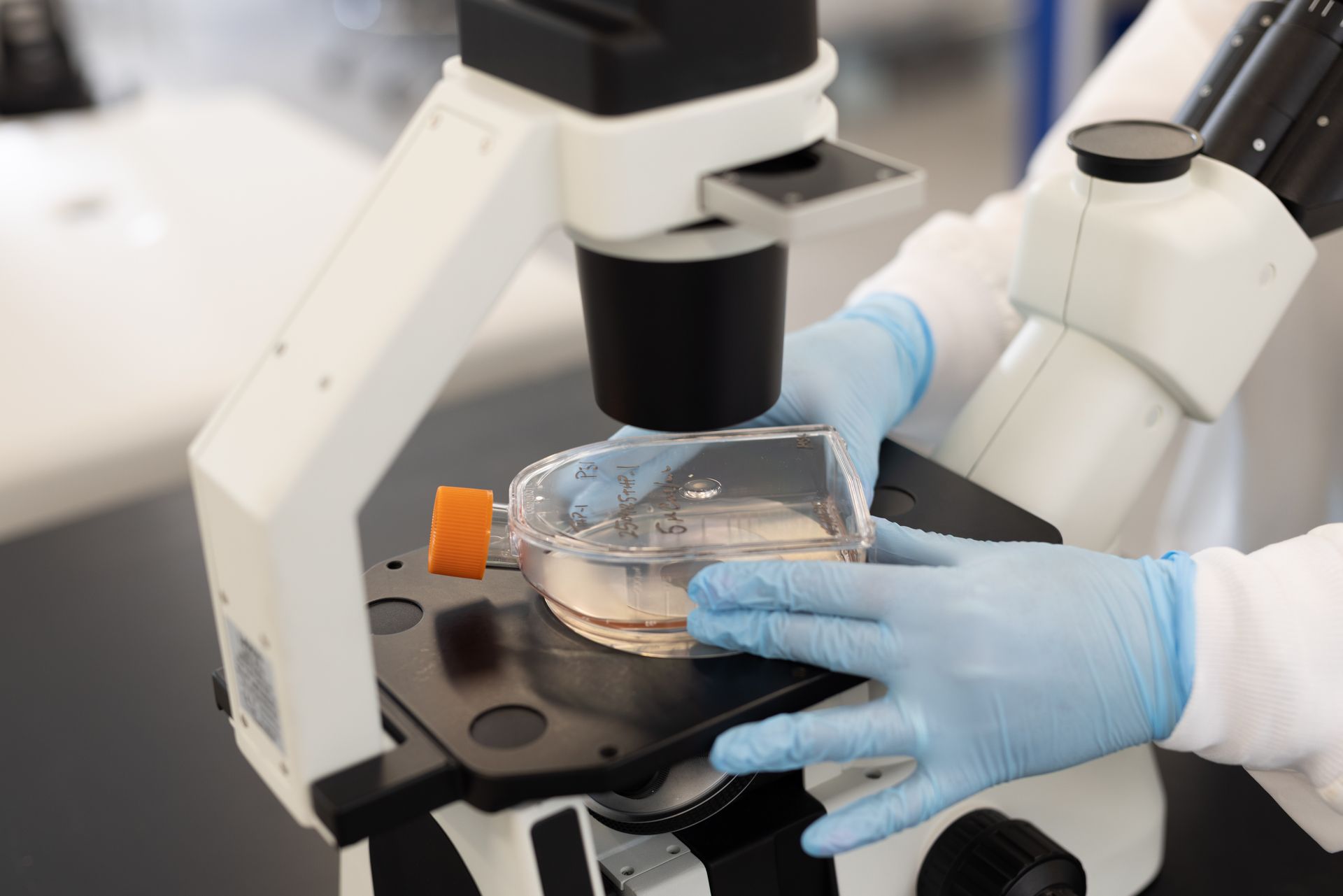
Summary: As the therapeutic antibody landscape evolves, the ability to accurately measure extra-neutralizing functions, such as ADCC, ADCP, and complement activation , has become critical for candidate selection, MOA characterization, and regulatory submissions. This case study from SeromYx outlines the formal development and GCLP qualification of a SARS-CoV-2–specific functional assay , offering a model for how Systems Serology assays can be adapted and validated to meet the rigorous demands of late-stage development. Learn how thoughtful assay design, systematic optimization, and formal qualification can yield highly reproducible, regulatory-ready assays to support your antibody therapeutic pipeline, from IND through BLA.
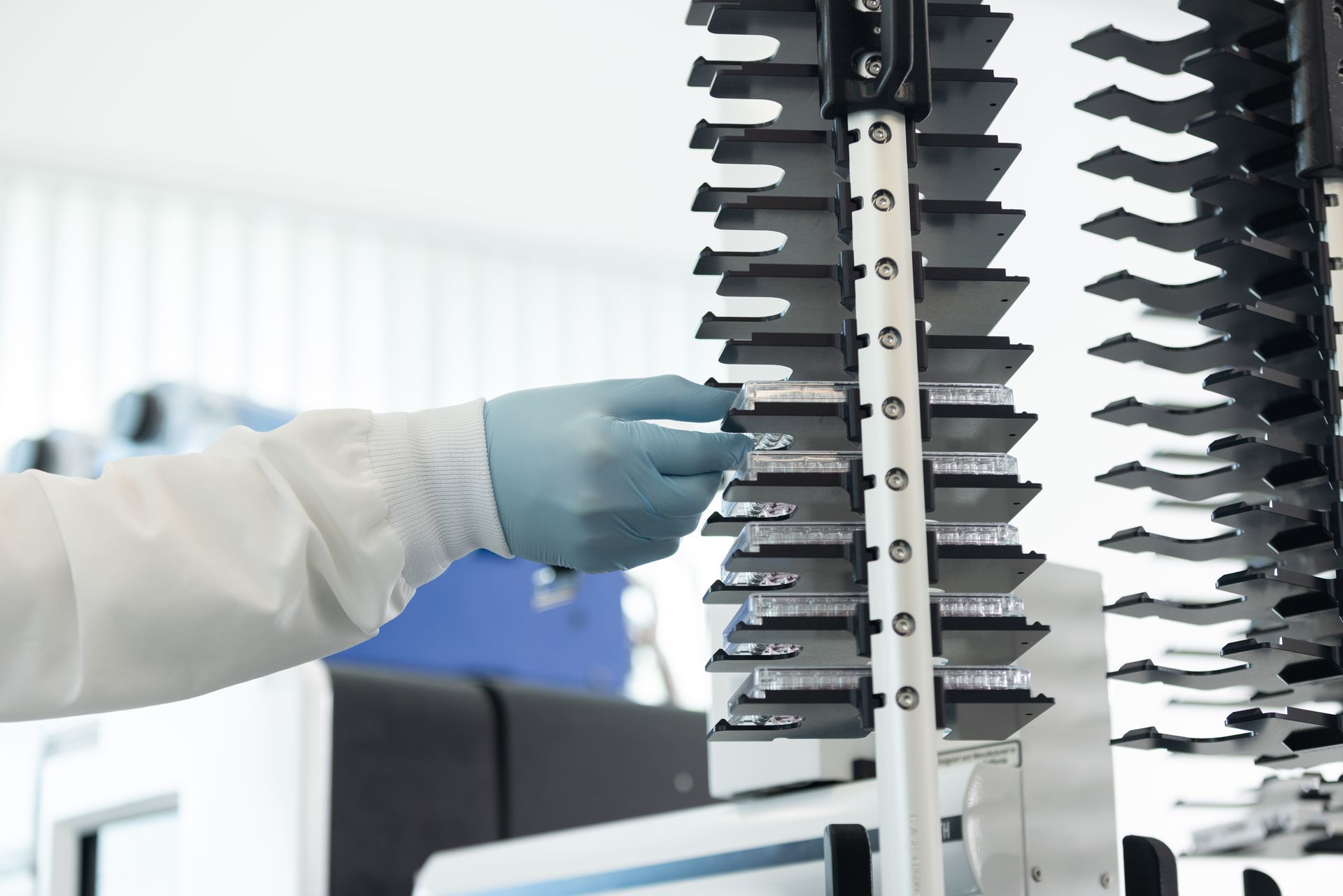
Summary: As therapeutic monoclonal antibodies (mAbs) move from preclinical studies to the clinic, production must scale dramatically, often shifting from small-scale in-house methods to large-scale, outsourced bioreactor systems. But with this transition comes a critical risk: changes in antibody glycosylation that can directly impact Fc-mediated effector functions. In this case study, SeromYx applied its Systems Serology platform to assess the functional activity of a panel of SARS-CoV-2-specific monoclonal antibodies before and after a major manufacturing shift. Despite observable changes in glycosylation (including reduced sialylation and galactosylation, and increased fucosylation), functional activity, such as ADCC, ADCP, and CDC, remained consistent across lots. Whether you're preparing for IND filing or late-stage trials, this approach offers a robust, data-driven way to demonstrate that manufacturing changes have not compromised functional integrity.



